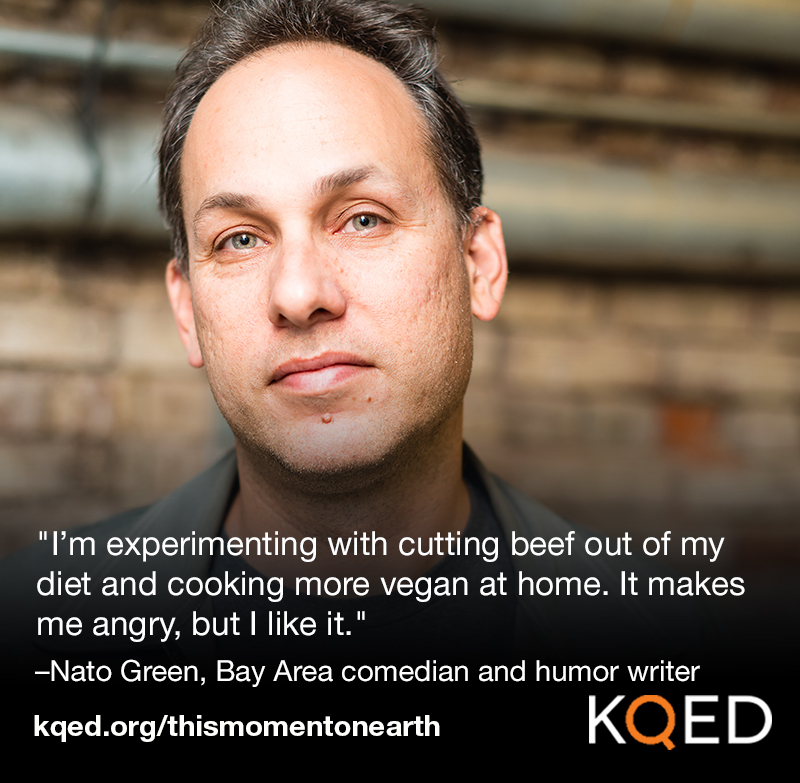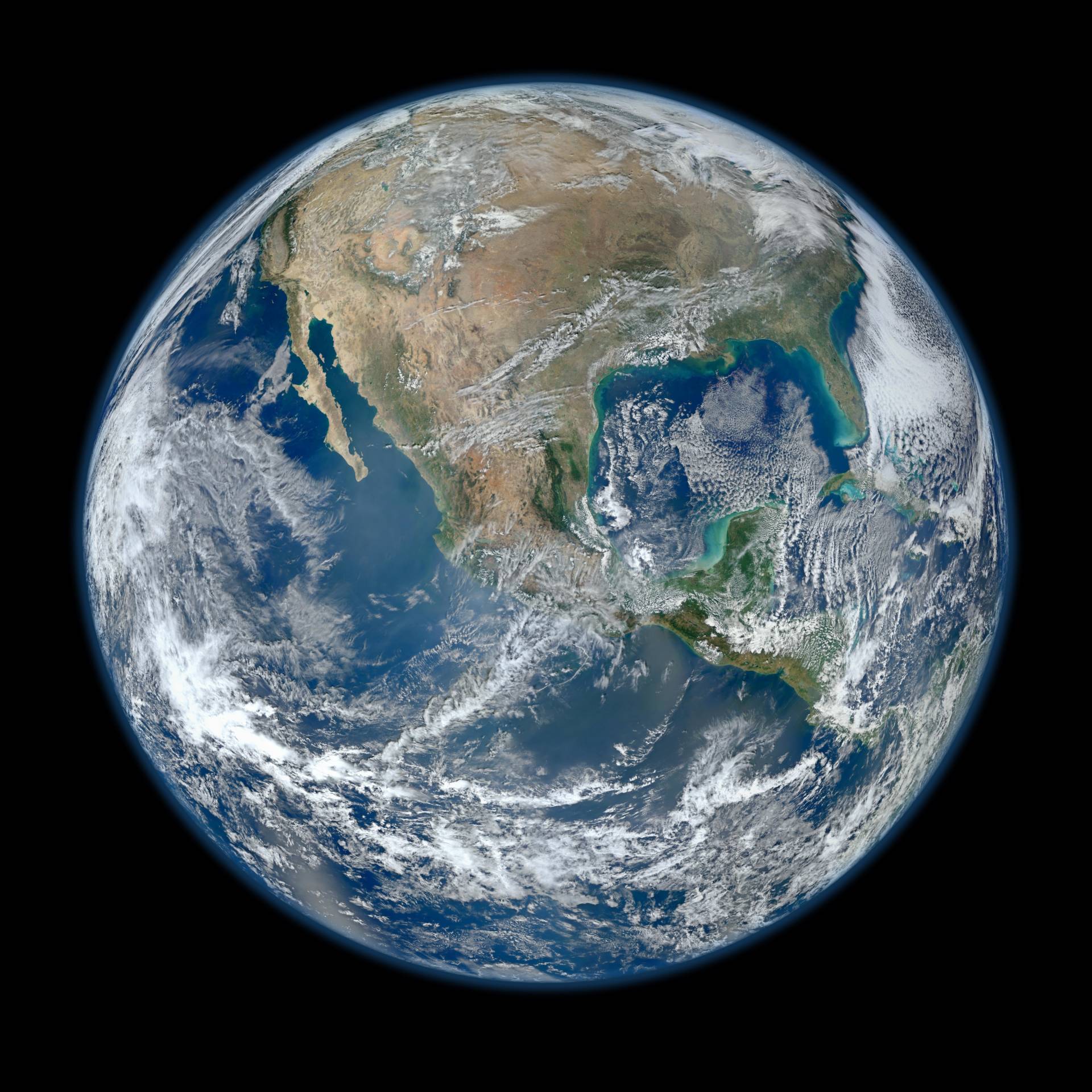How could a single species that appeared in the last .0045% of planetary time have disrupted the life-support system that has nourished evolution for 4.5 billion years? And how can we survive the crisis of this moment?
This is the ongoing conversation that This Moment on Earth invites you to join, and to tune in for starting April 16.
 We humans don’t often think about the long stretch of time that brought us forth. We are daily caught up in work and side-hustles, caring for children and parents, and the ever-accelerating pace of life. But KQED Science wants to recognize this moment in its evolutionary context, because in the arc of evolution we may find stories that restore the depths of our humanness.
We humans don’t often think about the long stretch of time that brought us forth. We are daily caught up in work and side-hustles, caring for children and parents, and the ever-accelerating pace of life. But KQED Science wants to recognize this moment in its evolutionary context, because in the arc of evolution we may find stories that restore the depths of our humanness.
Say you were to walk a mile for each one billion years of Earth’s evolution, a 4.5-mile walk. You’d come across the earliest form of life very quickly, at less than a half mile.
Not until your walk is nearly over — not until the last 24 inches — do you reach humans. The industrial revolution – that gaseous, belching hunger that birthed washing machines, world travel and semiconductor chips, and now traps us on a warming planet – that’s just the width of a human hair on the tail end of our evolutionary history.

